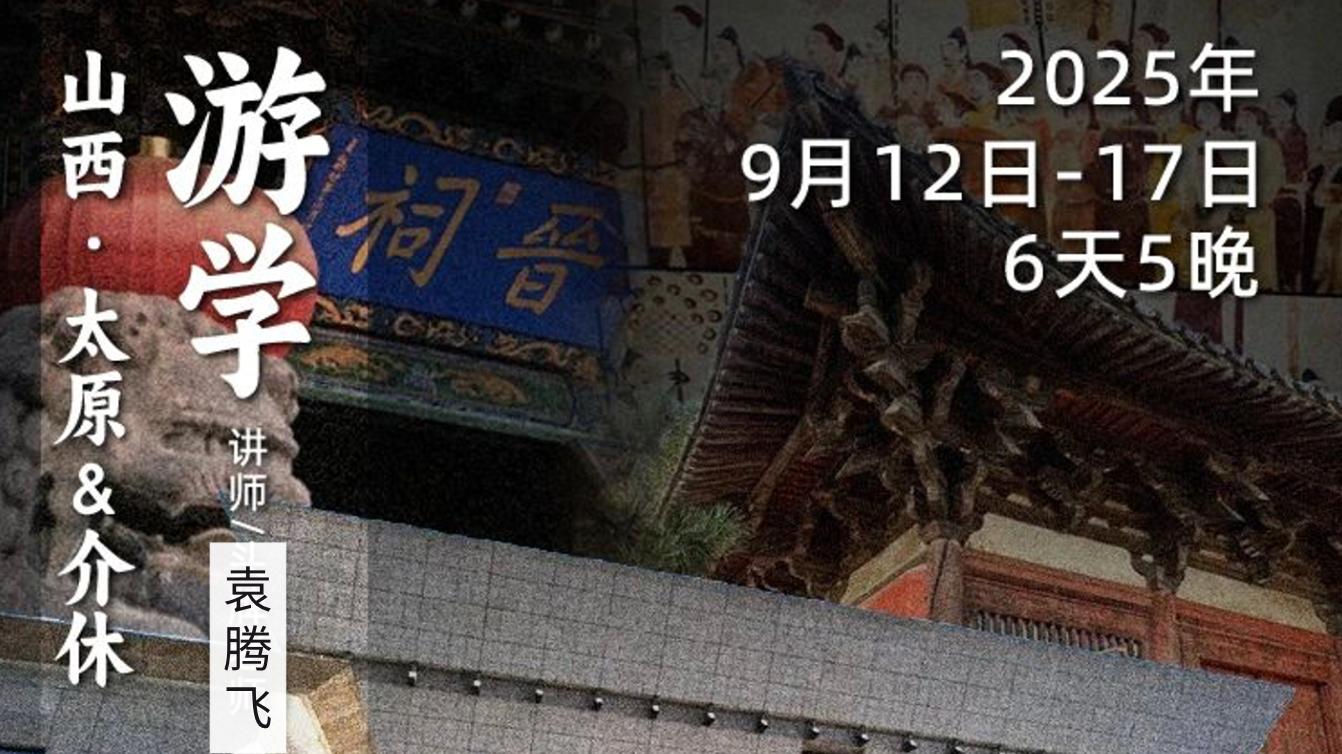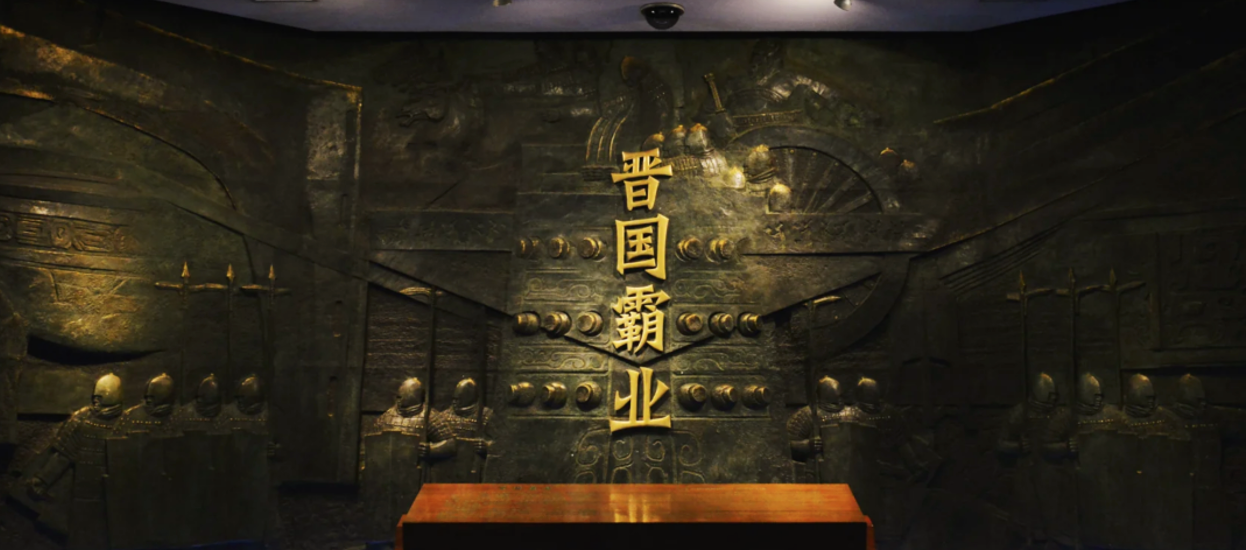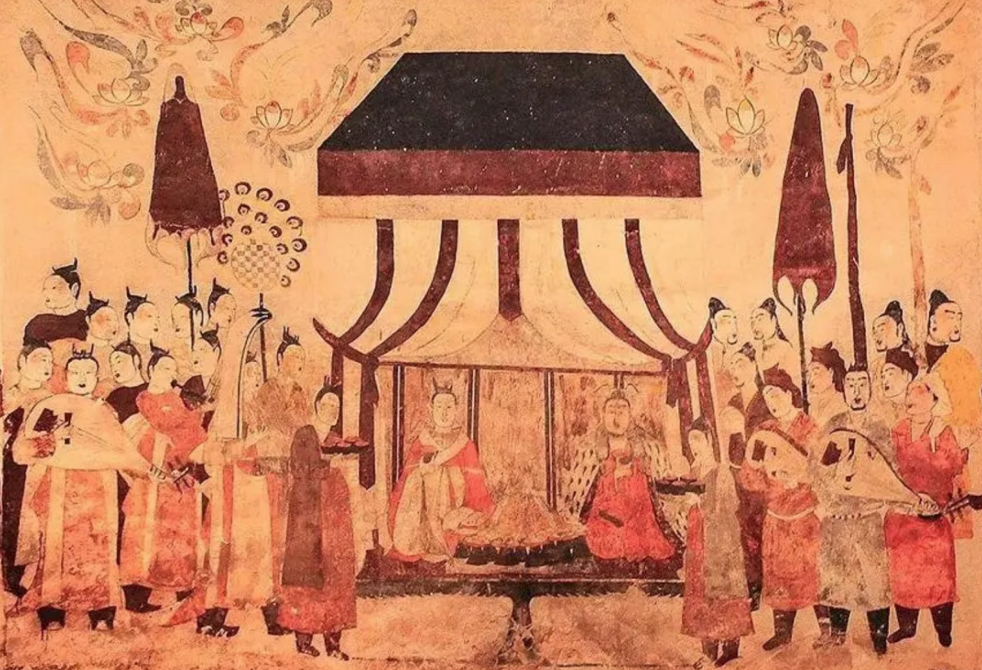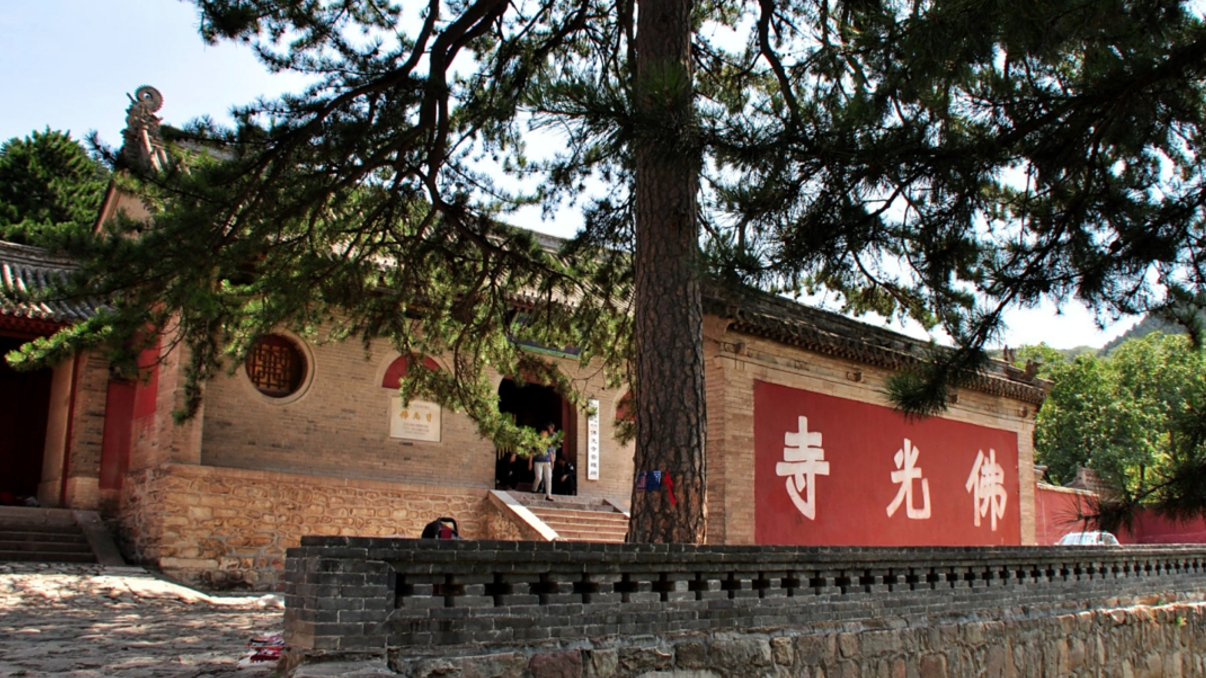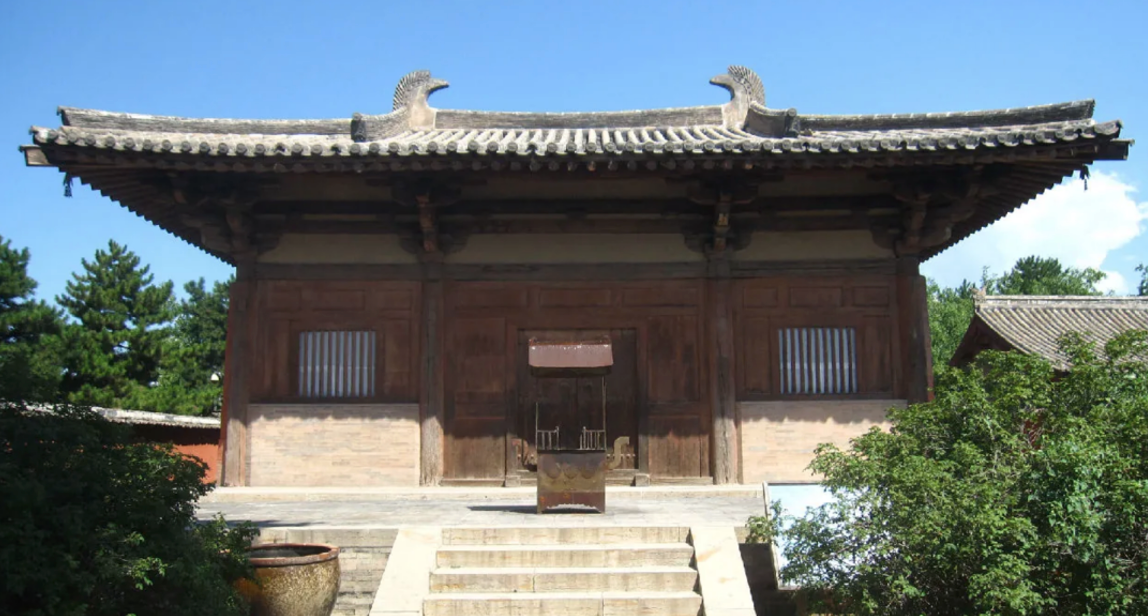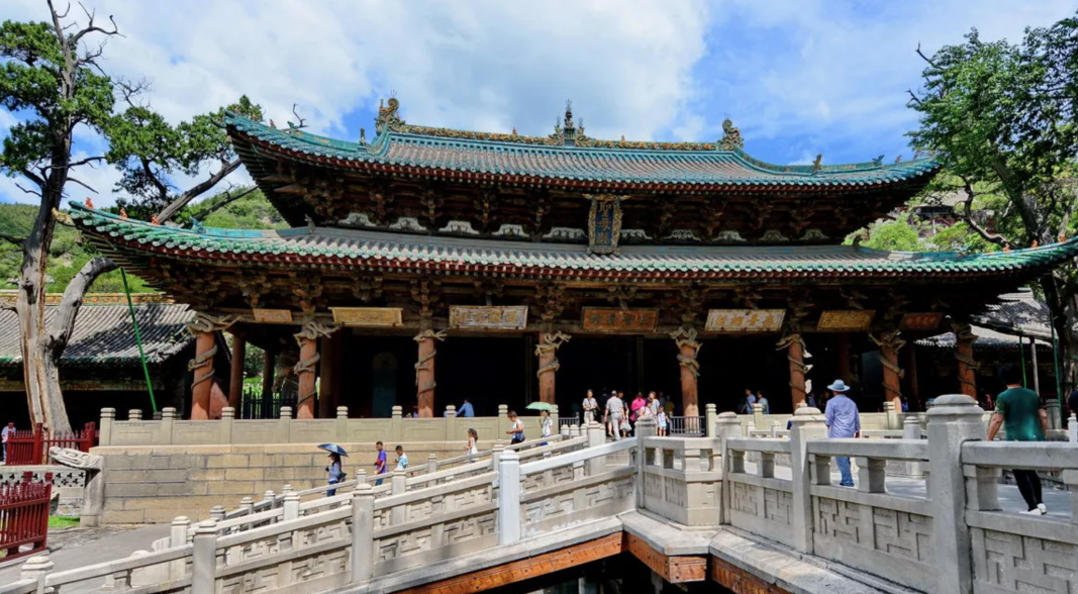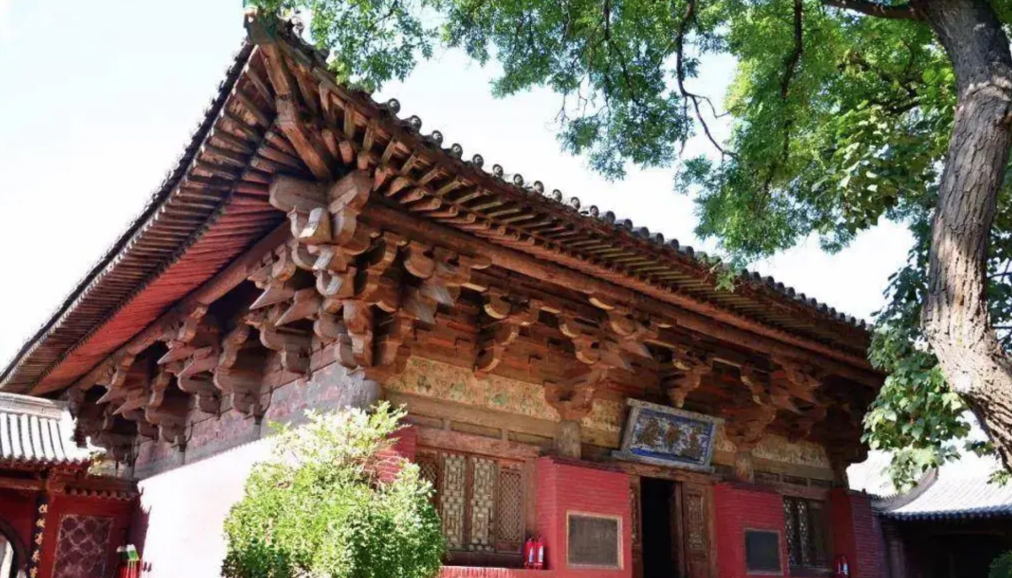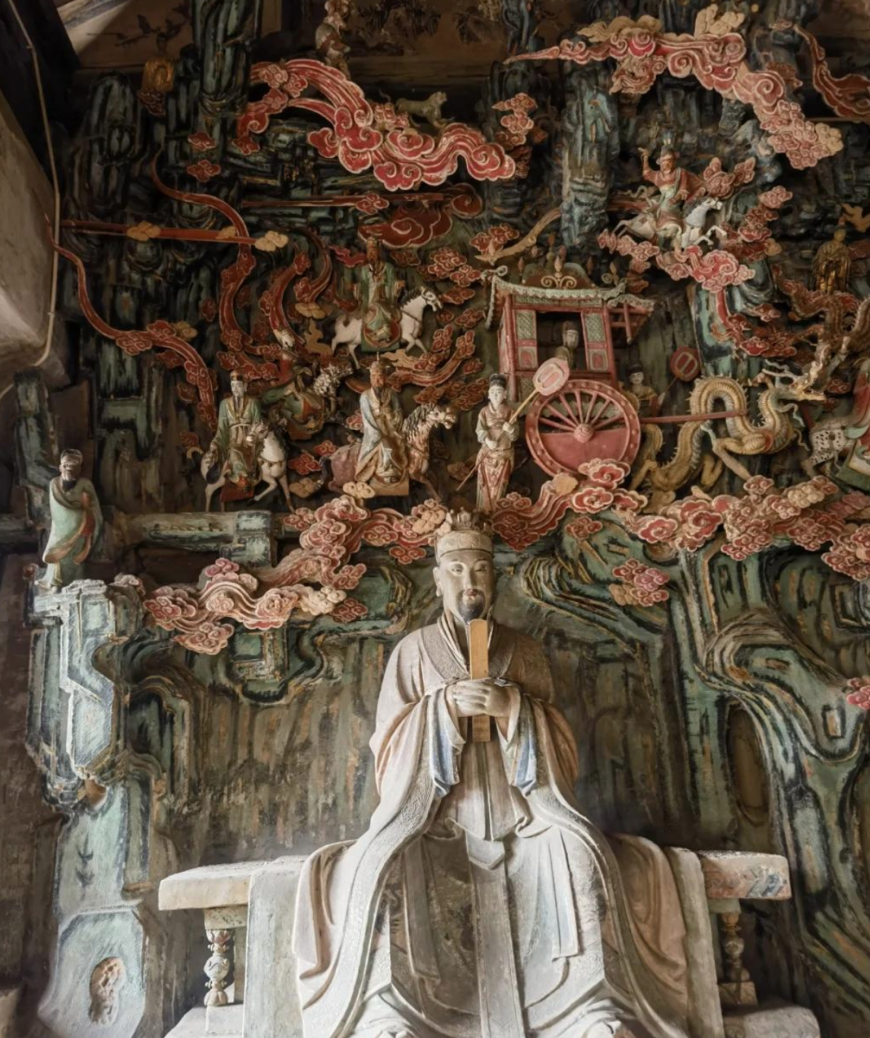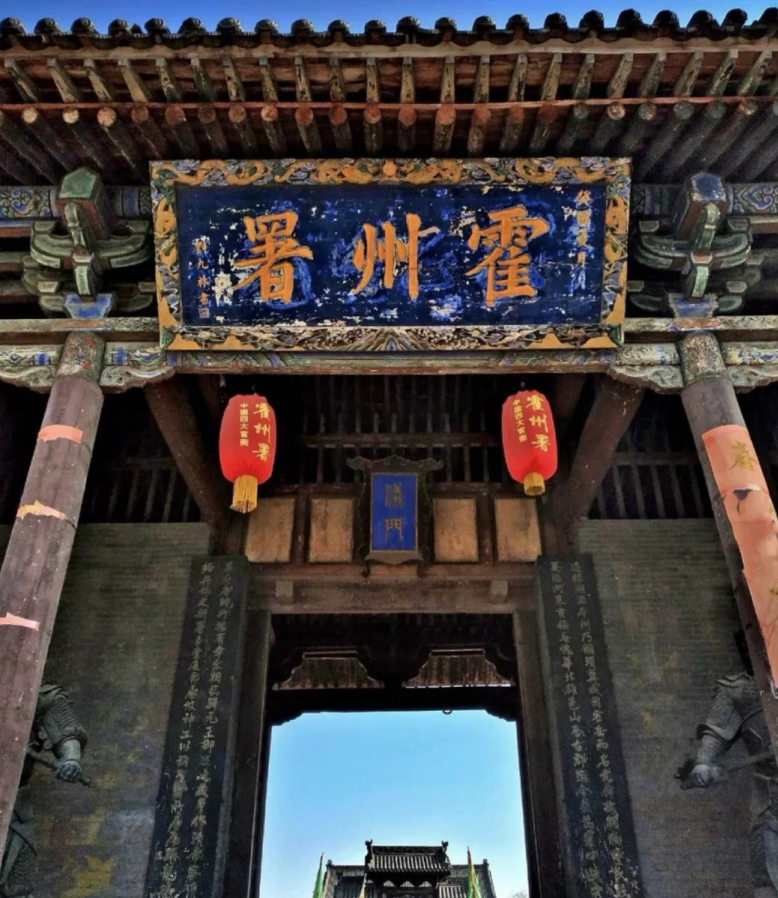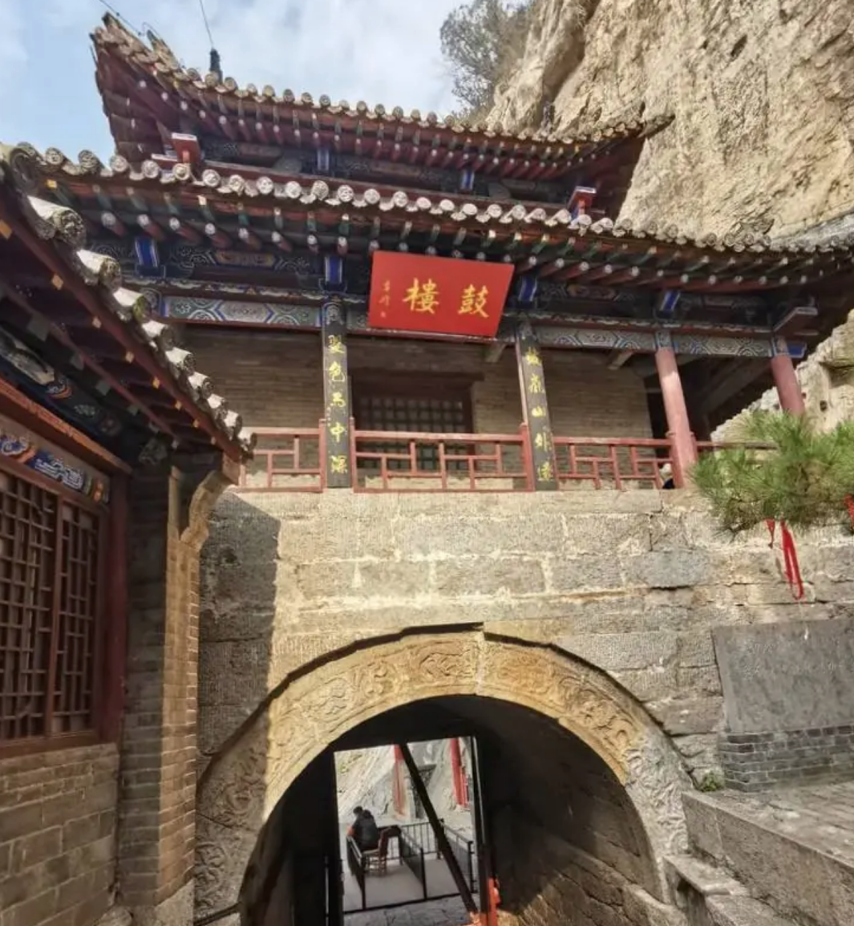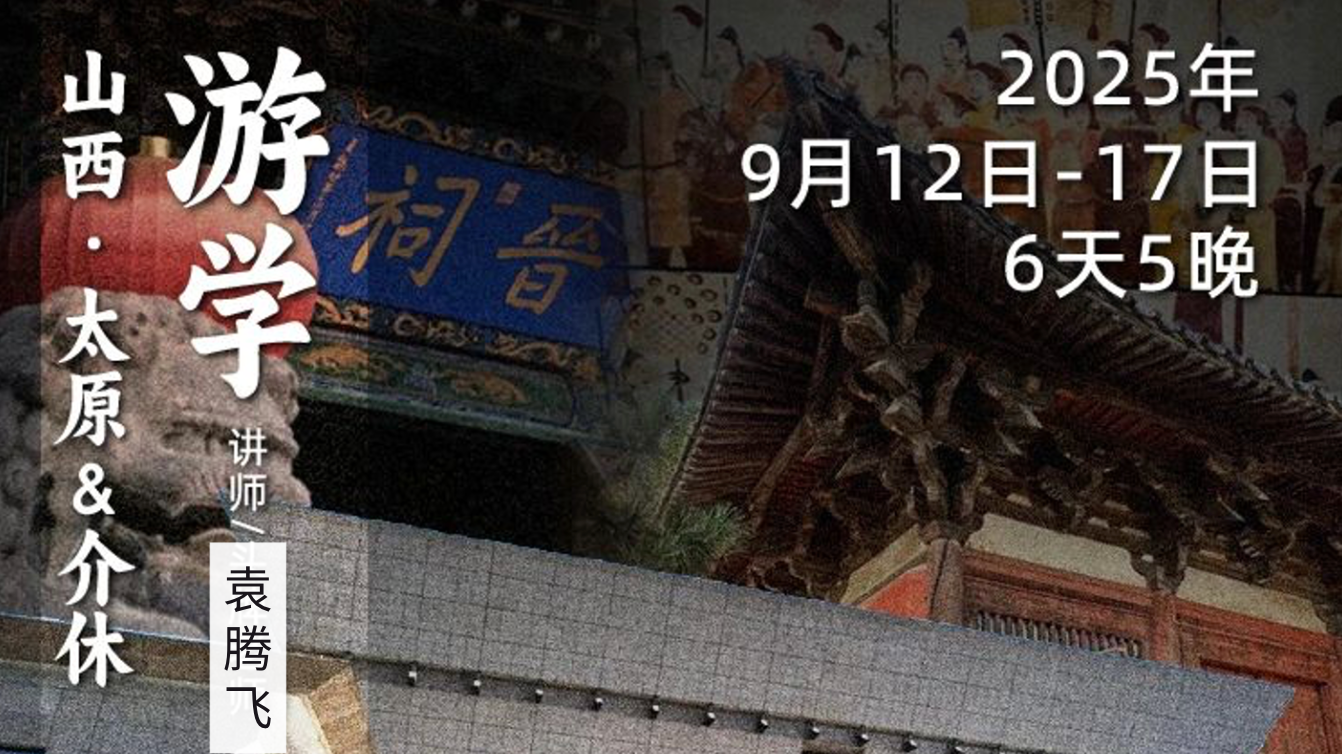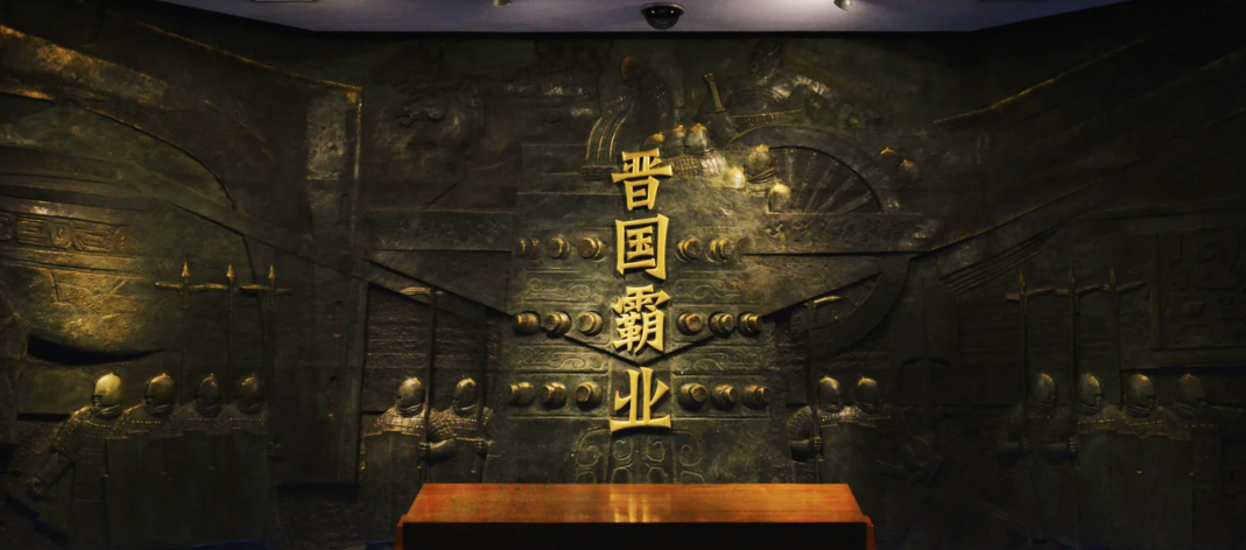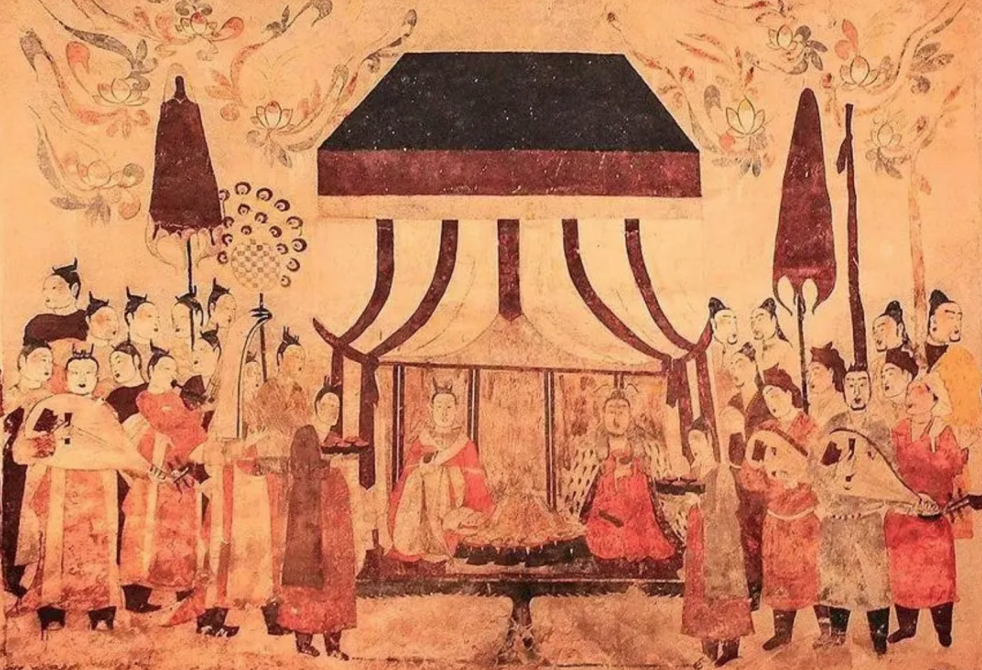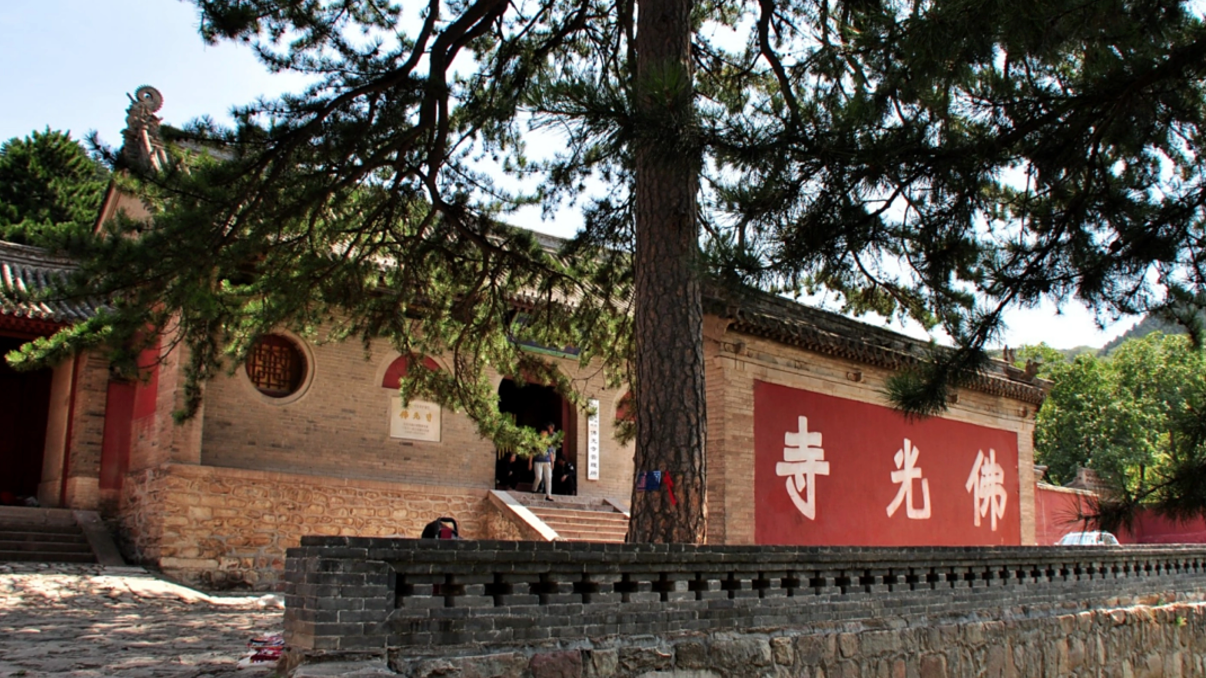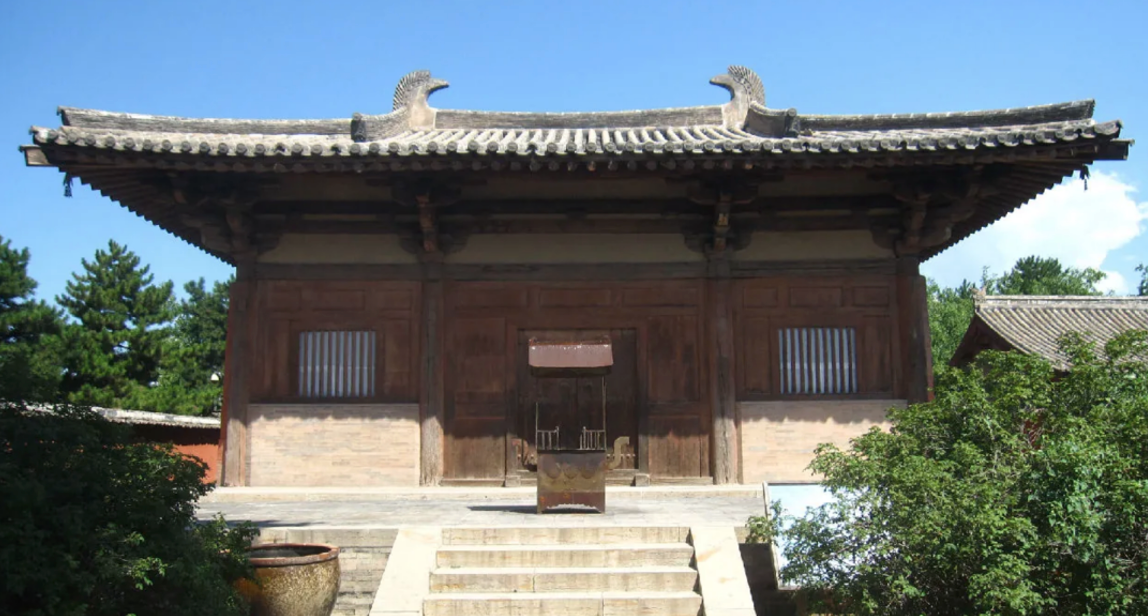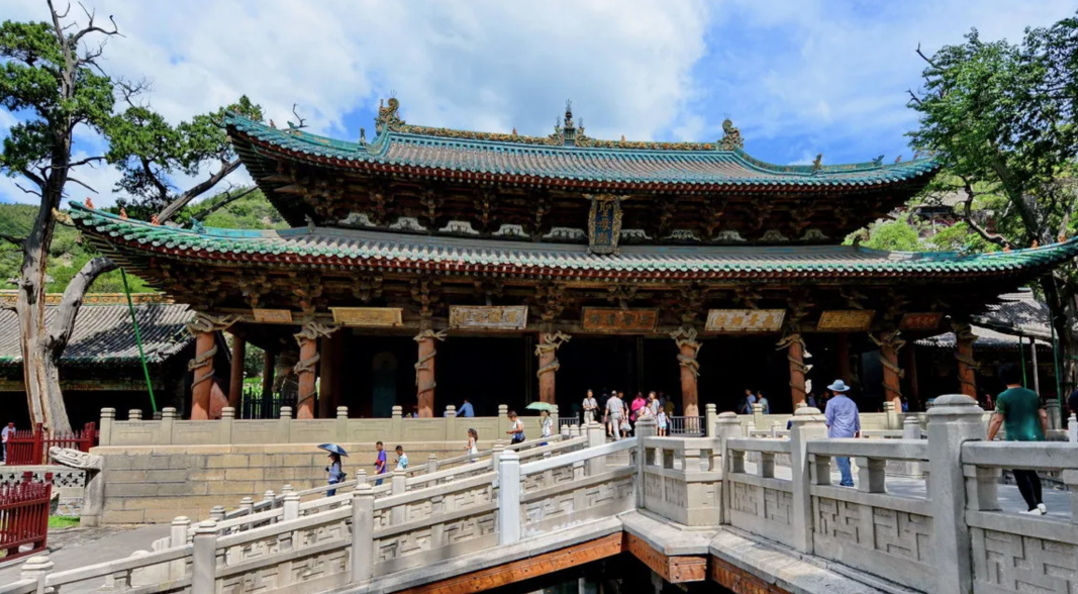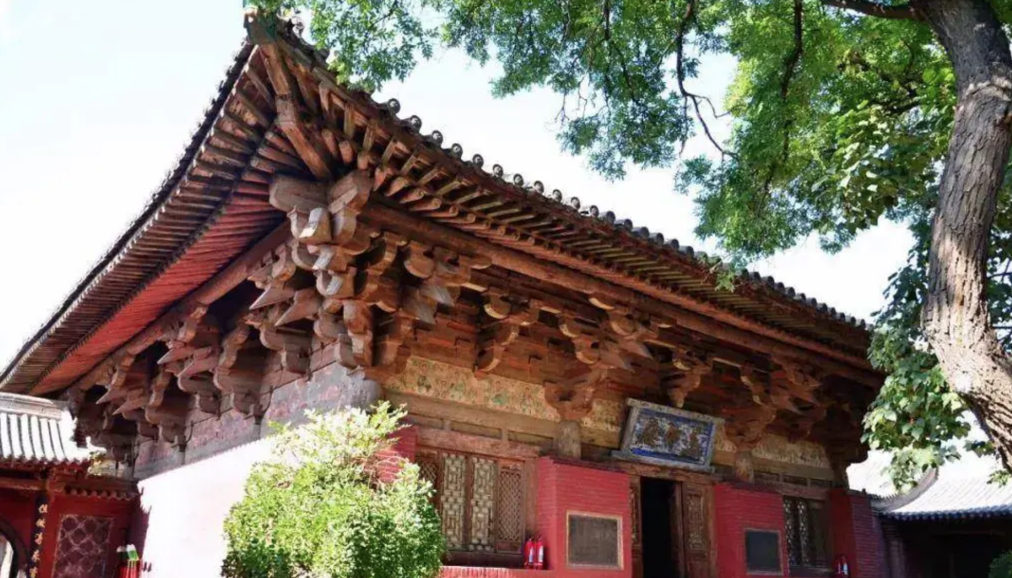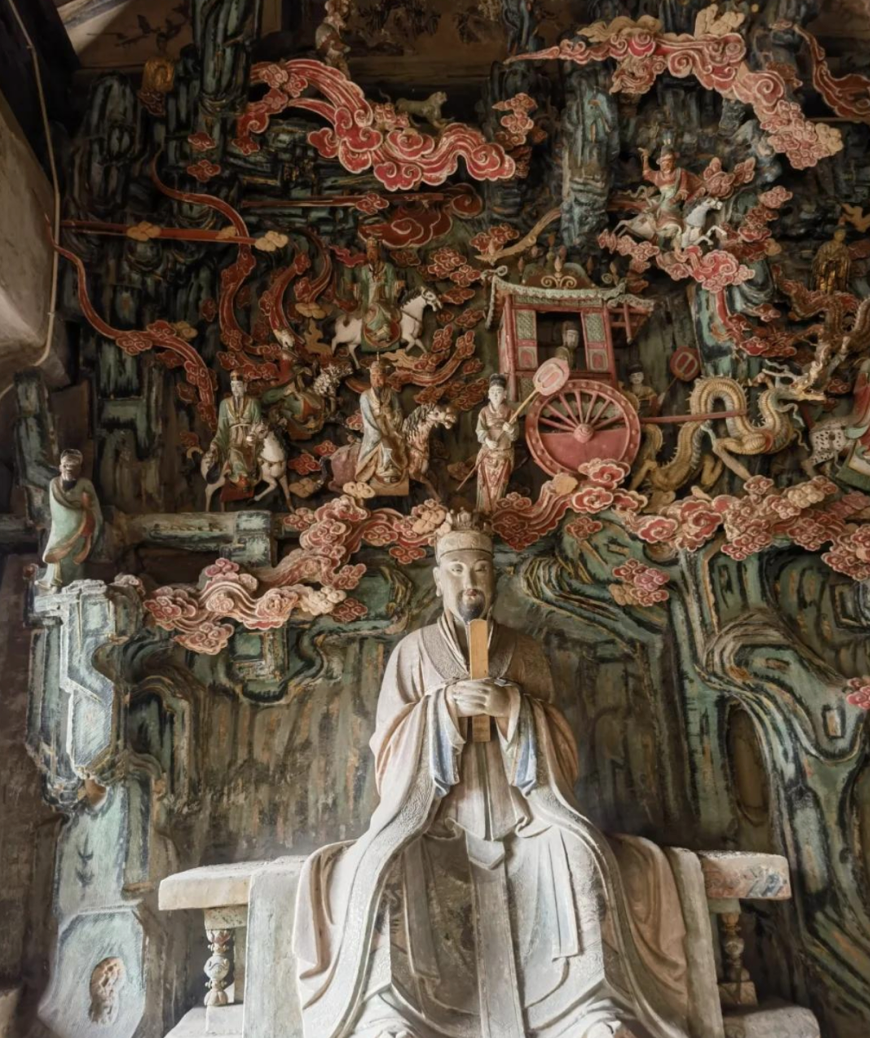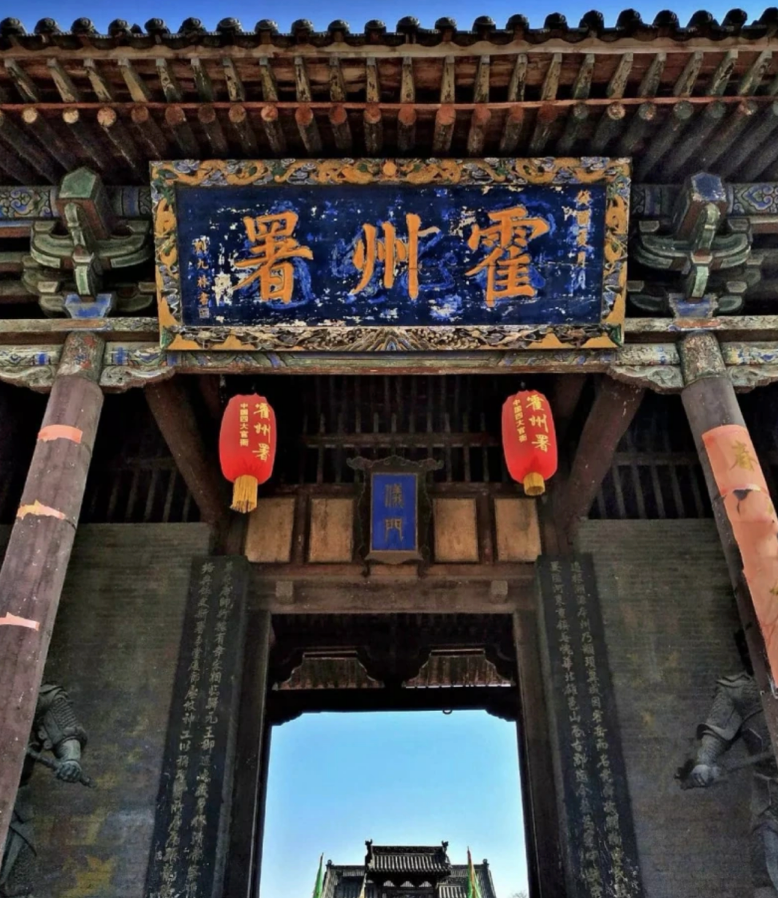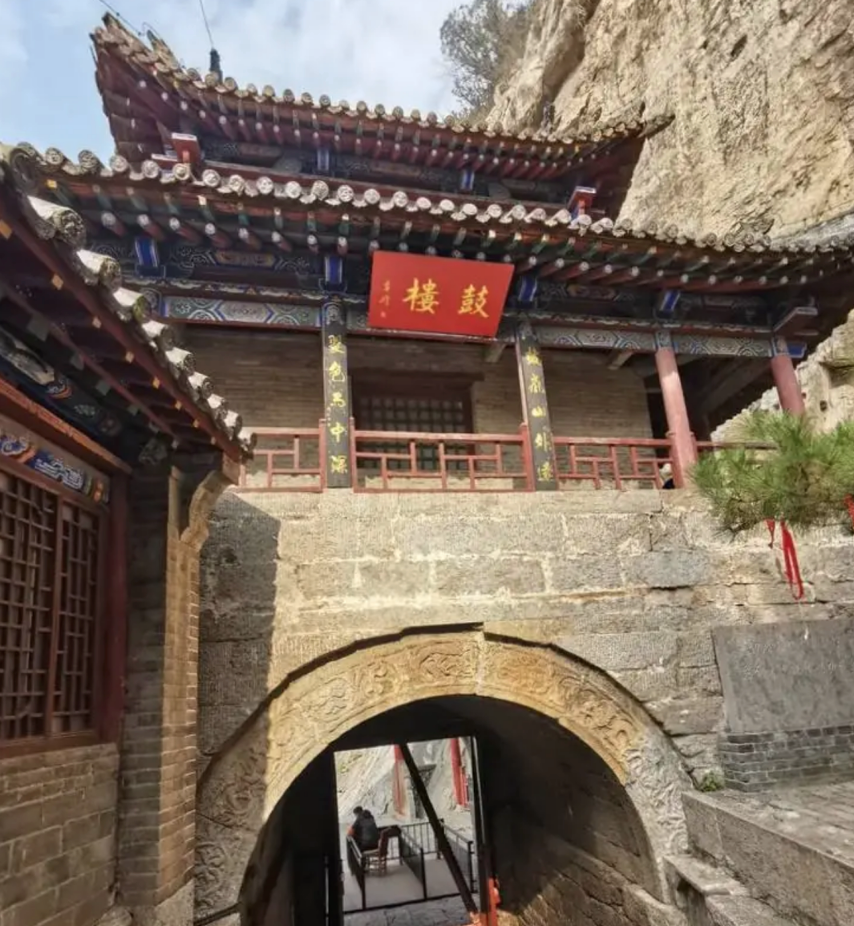LIFEANO 给生活另一种可能
September 12-17, 2025 | Traveling Shanxi: Yuan Tengfei takes you through millennia and encounters the brilliant chapters of Chinese civilization
September 12-17, 2025 | Traveling Shanxi: Yuan Tengfei takes you through millennia and encounters the brilliant chapters of Chinese civilization
Out of stock
Couldn't load pickup availability
Five thousand years is far away, but Shanxi is close
As one of the birthplaces of the Chinese nation
Shanxi has a long history and rich cultural heritage
Ancient cities are scattered like stars
Quietly telling the vicissitudes and glory of a thousand years
In the early autumn of 2025
From Taiyuan to Jiexiu
Let's work together
Follow in the footsteps of the greatest history teacher ever
Immerse yourself in the profound heritage of Chinese civilization
Start a romantic journey across thousands of years
Team leader
Teacher Yuan Tengfei
Hailed by fans as " the best history teacher in history "
NO.1— Shanxi Museum

Shanxi Museum is one of the first national first-class museums. Its predecessor was the Shanxi Education and Library Museum founded in the eighth year of the Republic of China ( 1919 ). It has been renamed many times since then and was renamed Shanxi Provincial Museum in 1953 .
The Shanxi Museum's collection totals 658,253 items and sets. Among them, 40,878 are precious cultural relics, including 1,650 first-class cultural relics. The collection primarily draws on archaeological finds since the 1920s and century-long collections. The museum's collection is particularly distinctive in bronzes, porcelains, stone carvings, Buddhist statues, murals, calligraphy, and paintings. The museum's primary exhibition, themed " Spirit of the Jin Dynasty ," features seven historical and cultural themes: Cradle of Civilization, Traces of the Xia and Shang Dynasties, Jin's Hegemony, The Melting Pot of Ethnic Groups, Remnants of Buddhism, Hometown of Opera, and Jin Merchants of the World; and five art themes: Splendor of Civilization, Jade Embraces China, Calligraphy and Painting, The World of Square and Circle, and The Art of Porcelain. The museum regularly organizes a diverse range of temporary and special exhibitions that reflect the history, culture, and cultural heritage of Shanxi. These exhibitions include "The Essence of Jin Dynasty Cultural Relics," "Shanxi Buddhist Sculpture," "Fu Shan's Calligraphy and Painting," and "Shanxi Jin Dynasty Opera Brick Carvings," which have toured nationally and internationally.
NO.2 —Northern Qi Mural Museum

The mural tomb of Xu Xianxiu of the Northern Qi Dynasty was discovered in December 2000. It had been looted more than five times in history, but fortunately the murals are relatively well preserved. Archaeologists completed the cleaning of the murals in the tomb passage, passage, and skylight in September 2001 , and opened the tomb chamber in October 2002. Except for a few holes where robbers had found them, the murals in the tomb chamber were neatly arranged, the colors of the paintings were as fresh as new, without any stains, as if it were a newly completed underground art gallery. After excavation and sorting, 582 items including pottery figurines, porcelain, gold and silver wares were unearthed from the tomb. There is also a table-shaped bluestone epitaph in the tomb. The tomb owner, Xu Xianxiu, first defected to Erzhu Rong and later followed Gao Huan. He was granted the title of King Wu'an during the Northern Qi Dynasty and died in Jinyang in the second year of Wuping ( 571 ) at the age of 70 .
Northern Dynasties tomb murals hold significant historical, artistic, and scientific value. Properly preserving this cultural heritage is the unwavering pursuit of museum professionals. The murals from the Lou Rui Tomb, the Jiuyuangang Northern Dynasties Tomb, and the Shuiquanliang Northern Qi Tomb in this exhibition have all been relocated for conservation. Adhering to the principle of " minimum intervention, " aiming to preserve the original features of the unearthed murals to the greatest extent possible , and guided by scientific conservation principles, modern technology combined with traditional conservation techniques has given these ancient cultural treasures new life. The Shuiquanliang Northern Qi Tomb in Shuozhou, where the tomb owner was believed to have been a military and political leader defending Shuozhou, employed a novel " restorative " conservation technique. The murals, once " immovable " in their natural environment, were cut into dozens of sections, removed and relocated, then restored and maintained. Then, they were pieced together to recreate the original tomb structure, recreating a complete, intuitive, and accessible underground world.
The murals in Xu Xianxiu's tomb are painted with concise, precise brushwork, a focus on overall effect, and a unified theme. Over 200 figures of various types are depicted in the murals, including grand scenes such as the tomb owner and his wife feasting and enjoying themselves, journeys on horseback, ox-cart journeys, and ceremonial processions. The complex content and interplay of characters are seamlessly integrated. " With just a few strokes of the brush, the image is already formed. " The master painter captured the dynamic forms of the figures with concise brushstrokes, using iron-line outlines and rich color fills. This embodies the " simplicity and beauty " of Yang Zihua, the court painter of the Northern Qi Dynasty. Neither less nor more is acceptable. " Long scrolls, expansive perspectives, " inheriting the traditions of the Han and Jin dynasties and ushering in new trends in the Sui and Tang dynasties, this uninterrupted, long scroll-like style, with its emphasis on overall effect, represents a new format for tomb murals.
NO.3— Foguang Temple

Foguang Temple is located in Foguang Mountain (at the western foot of the South Peak of Mount Wutai), northeast of Doucun Town, 32 kilometers northeast of Wutai County, Shanxi Province. It was first built during the reign of Emperor Xiaowen of the Northern Wei Dynasty ( 471-499 ) and rebuilt in the 11th year of the Tang Dynasty's Dazhong reign ( 857 ).
Foguang Temple is situated on a hillside surrounded by hills on the east, south, and north sides, opening to the west. The temple's main axis runs east-west, and the terrain is divided into three platforms. The temple boasts over 120 halls, chambers, towers, and pavilions. The seven-room East Hall dates back to the Tang Dynasty, the seven-room Manjusri Hall dates from the Jin Dynasty, and the remaining buildings date from the Ming and Qing dynasties. Foguang Temple's Tang Dynasty architecture, sculptures, murals, and inscriptions are of great historical and artistic value.
NO.4— Nanzenji Temple

Nanchan Temple is China's oldest surviving wooden structure, dating back over 1,200 years. Facing south from the north, the temple covers an area of 3,078 square meters. The temple's main structures include the mountain gate (Guanyin Hall), east and west side halls (Bodhisattva Hall and Dragon King Hall), and the main hall, forming a quadrangle-style structure. It is a National Key Cultural Relic Protection Site. The main hall is China's oldest surviving Tang Dynasty wooden structure. The temple boasts exquisite Tang Dynasty sculptures, considered treasures of this period's art, and possesses significant historical significance and artistic value.
NO.5— Jin Temple

Jin Temple, located in Jin Temple Town, Jinyuan District, Taiyuan City, Shanxi Province, was originally named Jinwang Temple and Tang Shuyu Temple. It was built to commemorate Tang Shuyu (later posthumously named King of Jin), the founding prince of the Jin State, and his mother, Queen Yi Jiang.
Among them, the Nanlao Spring, the Maidservant Statue, and the Zhou Cypress are known as the "Three Wonders of the Jin Temple." The Jin Temple is China's oldest extant imperial sacrificial garden and the ancestral temple of the Jin State. It embodies the essence of ancient Chinese architectural art and is the only example in China of a complete architectural sequence spanning the Song, Yuan, Ming, Qing, and Republic of China periods. Its accompanying colored sculptures, murals, and steles are all national treasures. It is a comprehensive reflection of the historical context of the Three Jins, providing tangible evidence of the continuity of Jin culture, dating back from the establishment of the Jin Dynasty in the Western Zhou Dynasty to the heyday of the Tang Dynasty. It is also the birthplace of the Wang and Zhang clans.
NO.6— Zhenguo Temple

Zhenguo Temple, located in Haodong Village, 15 kilometers northeast of Pingyao County, Shanxi Province, was founded in 963 AD during the seventh year of the Tianhui reign of the Northern Han Dynasty. Originally named " Jingcheng Temple, " it was renamed " Zhenguo Temple " during the Jiajing reign of the Ming Dynasty, a name it retains to this day. The temple underwent numerous renovations and reconstructions during the Jin, Yuan, Ming, and Qing dynasties. The existing temple complex consists of two courtyards, facing south.
The earliest architectural feature of Zhenguo Temple is the Hall of Ten Thousand Buddhas. Despite undergoing numerous renovations, it has retained its Five Dynasties style. It is one of only three Five Dynasties buildings still extant in Chinese Buddhist temples, and its painted sculptures are the only Five Dynasties works preserved in temples and halls nationwide. The founding of Zhenguo Temple undoubtedly provides valuable historical data for the study of Five Dynasties history. During this period, the Northern Han Dynasty, which controlled only a small swathe of central and southern Shanxi and was unable to compete with the Later Zhou Dynasty, vigorously promoted Buddhism and, seeking the Buddha's blessing, extensively built Buddhist temples throughout its territory. Many artifacts within Zhenguo Temple provide valuable research materials. For example, the incomplete stele from the East and West Pavilions, containing fragments of text, chronicles the court struggles of the small Northern Han court, providing valuable insights into the history of the Five Dynasties and Ten Kingdoms period.
NO.7— Taifu Temple

Taifu Temple is located northwest of Shangmiao Village, Xinghua Town, Fenyang City. The temple's founding date is unknown, but existing stele and tablets within the temple record that a sacrificial altar was established in 1200 , the fifth year of the Jin Dynasty's Cheng'an reign. The Hou Tu Shengmu Hall burned down during the Ming Dynasty and was rebuilt in 1583 , the 11th year of the Wanli reign. The Ziwei Pavilion was added in 1608 , the 36th year of the Wanli reign, and the Wuyue Hall was rebuilt in 1657 , the 14th year of the Shunzhi reign of the Qing Dynasty. The temple's buildings underwent comprehensive renovations in 1978. The temple faces north and south, and its original layout is unknown. It currently consists of a single courtyard, 101.41 meters long from north to south and 50.28 meters wide from east to west, covering an area of 5,099 square meters. From south to north along the central axis, the mountain gate and the main hall (Haotian Jade Emperor Hall) remain. To the west, there's a side gate (built later), five caves (brick vaulted caves), and the west side hall (Wuyue Hall). To the east, there's an office (newly built) and the east side hall (Hou Tu Sheng Mu Hall). Of the existing buildings, the main hall retains the overall architectural style of the Jin Dynasty, a relic of the period; the remaining structures are from the Ming Dynasty. The painted sculptures, murals, and hanging sculptures in the existing halls of Taifu Temple are well-preserved, numerous, and exquisitely crafted, possessing high historical and artistic value.
NO.8— Huozhou Department

According to legend, the Huozhou Office once served as the headquarters of Song Laosheng, the General of the Central Army during the Sui Dynasty, and also as the headquarters of Wei Chi Gong, the commander of the Tang Dynasty. As the administrative center of the prefecture, it lasted for over 1,300 years. The original building collapsed in an earthquake in 1303 , the seventh year of the Yuan Dynasty's Dade reign. The following year, the prefectural governor, Shilabuhua, and the prefect, Li Boyuan, presided over its reconstruction. Successive additions and renovations during the Ming and Qing dynasties further enhanced its refinement. The office now covers an area of 38,500 square meters and comprises three major architectural complexes: the central axis, the east-west auxiliary lines, and several external buildings. The main building is majestic and elegant, with ingenious structure and high-quality materials. The ancillary buildings are large in scale, strategically arranged, and magnificent in form, both interior and exterior.
NO.9— Wuhuang Temple

The Wahuang Temple, located in Jia Village, Dazhang Town, Huozhou City, Shanxi Province, was first built in the Ming Dynasty and rebuilt in the fourth year of Tongzhi in the Qing Dynasty ( 1865 ). It covers an area of about 1,300 square meters.
The Wahuang Temple faces south and sits north. Existing buildings on its central axis, from south to north, include the stage and the Wahuang Holy Mother Hall, flanked by side rooms and a bell and drum tower. The Holy Mother Hall is the main hall, three bays wide and six rafters deep, with a single-eaved gable roof. Approximately 70 square meters of murals remain within the hall, located on both the east and west gables.
Registration Instructions
Assembly / Disbandment
● The group will gather in Taiyuan on September 12 , 2025 (Friday) and disband in Huozhou on September 17, 2025 (Wednesday). Please make appropriate arrangements for your itinerary before and after the gathering.
Precautions
● Customer service will contact you one week in advance after registration, so please keep your WeChat and phone numbers open;
● Children under 6 years old are not recommended to participate. Minors aged 6-14 and seniors over 70 years old must be accompanied by family members to register together;
Activity Fees
● The fee includes: meals, accommodation, transportation and lectures from the time of gathering to the time of disbanding;
● Not included: round trips before and after the meeting, and other expenses not listed;
Worry-free refund policy
● If the event is cancelled due to reasons attributable to the organizer, all fees will be refunded;
● If the event is cancelled due to force majeure, any unincurred fees will be refunded;
● If you are unable to participate in the event due to personal reasons, no refund will be given (the place is transferable). Please do not take pictures if you mind. Thank you for your understanding.
Share
